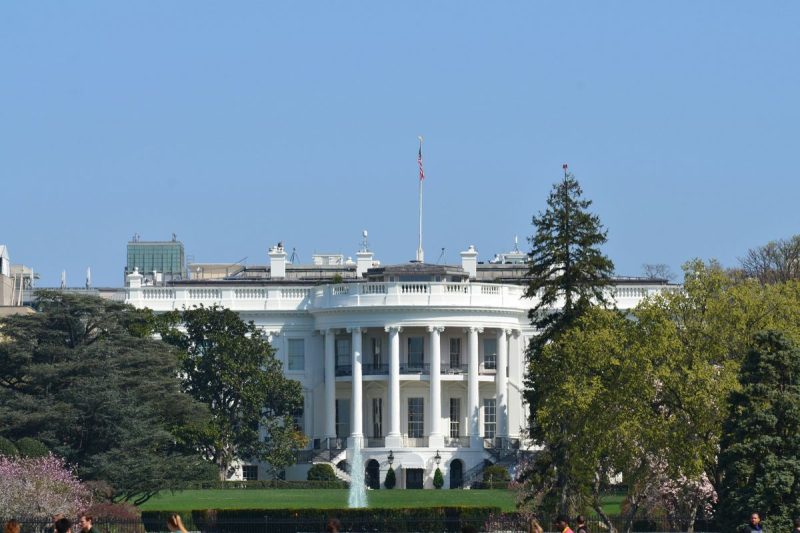With the demand for raw materials continuing to increase globally, the efficiency of mine development plays a crucial role in meeting these demands. A recent report from S&P Global reveals that the United States has been outpaced by several other countries when it comes to mine development times. This disparity raises important questions about the factors influencing the speed and efficiency of mine development across different regions.
One of the key factors contributing to the variation in mine development times is the regulatory environment in each country. Strict regulations and lengthy permitting processes can significantly delay the development of mining projects. Countries with more streamlined and efficient regulatory frameworks tend to have shorter mine development times, allowing them to bring new projects into production more quickly.
Infrastructure availability is another critical factor influencing mine development times. Countries with well-developed transportation networks, power grids, and other essential infrastructure can support faster and more efficient mine development. In contrast, regions with poor infrastructure may face delays and higher costs in getting mining projects off the ground.
Local community engagement and social license to operate also play a crucial role in mine development times. Projects that have strong support from local communities and stakeholders are more likely to proceed without major delays or disruptions. On the other hand, projects that face opposition or conflict with local communities may experience prolonged permitting processes and construction delays.
Technological advancements and innovation in the mining industry can also impact mine development times. Countries that embrace new technologies and modern mining practices are able to streamline operations, increase efficiency, and reduce development timelines. By leveraging automation, digitalization, and other cutting-edge technologies, mining companies can expedite the development of new projects.
Furthermore, access to skilled labor and expertise is essential for efficient mine development. Countries with a well-trained workforce and a strong mining industry talent pool are better equipped to tackle complex projects and accelerate development timelines. Investing in education and training programs for the mining sector can help countries build a skilled workforce and drive faster mine development.
In conclusion, the speed and efficiency of mine development vary significantly across different countries, with some outpacing others in bringing new projects into production. A combination of factors, including regulatory environment, infrastructure availability, community engagement, technological innovation, and skilled labor, influences mine development times. By addressing these factors and implementing best practices, countries can enhance their competitiveness in the global mining industry and meet the growing demand for raw materials in a timely manner.

